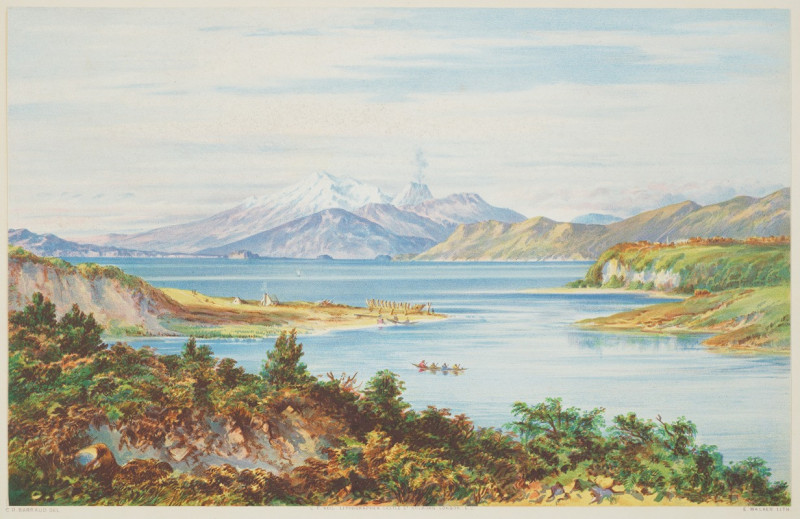Capucine (1896)
Technique: Giclée quality print
Recommended by our customers
More about this artwork
Maurice Pillard Verneuil's "Capucine" (1896) captures the enchanting dynamism and organic beauty found within nature's own artistry. This exquisite painting features an array of capucine (nasturtium) flowers, illustrated using a combination of soft greens, vibrant oranges, and rich yellows, creating a compelling palette that enhances the delicate details of each petal and leaf.The composition of the artwork is carefully orchestrated with intertwining stems and foliage that create a sense of movement across the canvas, as though the plants themselves are growing before our eyes. The nasturtium leaves, with their distinctive round shape and gentle waves, serve as a lush backdrop to the vivid flowers which seem to burst forward with life.Verneuil, known for his contributions to the Art Nouveau movement, demonstrates his aptitude for blending natural forms with stylistic embellishments. This piece is particularly reflective of Art Nouveau ideals, which often emphasized curved lines, natural forms, and a harmonious balance between detail and color. "Capucine" not only exhibits the inherent beauty of its floral subjects but also embodies the spirit of an era that sought to merge art with everyday life through the beauty of natural forms.
Delivery
Returns
Maurice Pillard Verneuil was a French artist and decorator in the Art nouveau movement. He was born in Saint-Quentin, France. Maurice Pillard Verneuil learned his trade from the Swiss designer Eugène Grasset. Maurice Pillard Verneuil then went on to become a well-known artist and designer. He was inspired by Japanese art and nature, particularly the sea. He is known for his contribution to the art deco movement and, in particular, his use of bold, floral designs in ceramic tiles, wallpapers and other furnishing textiles.

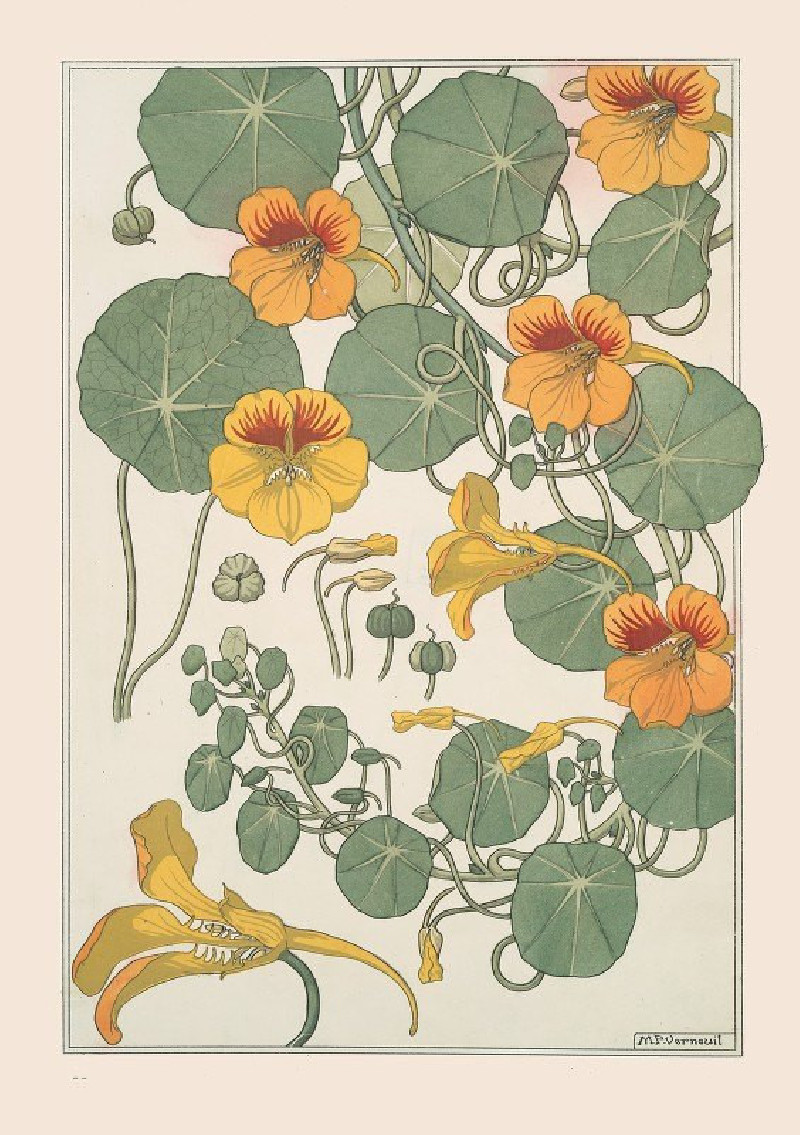


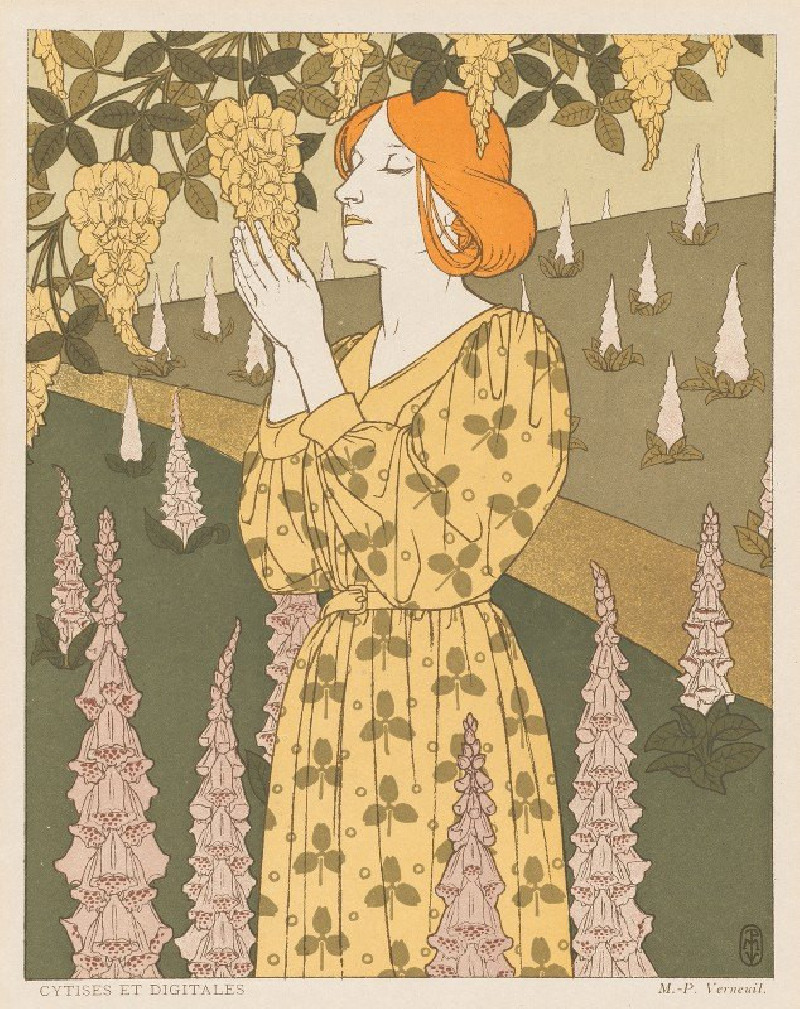

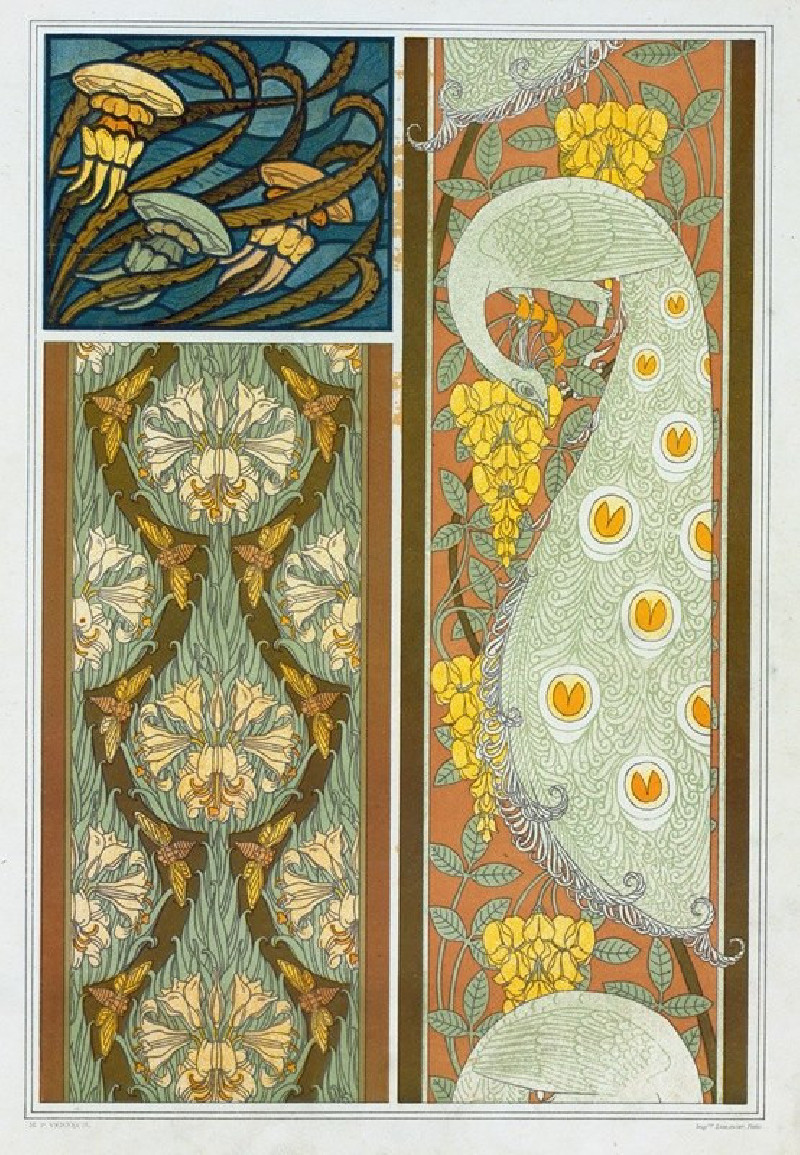
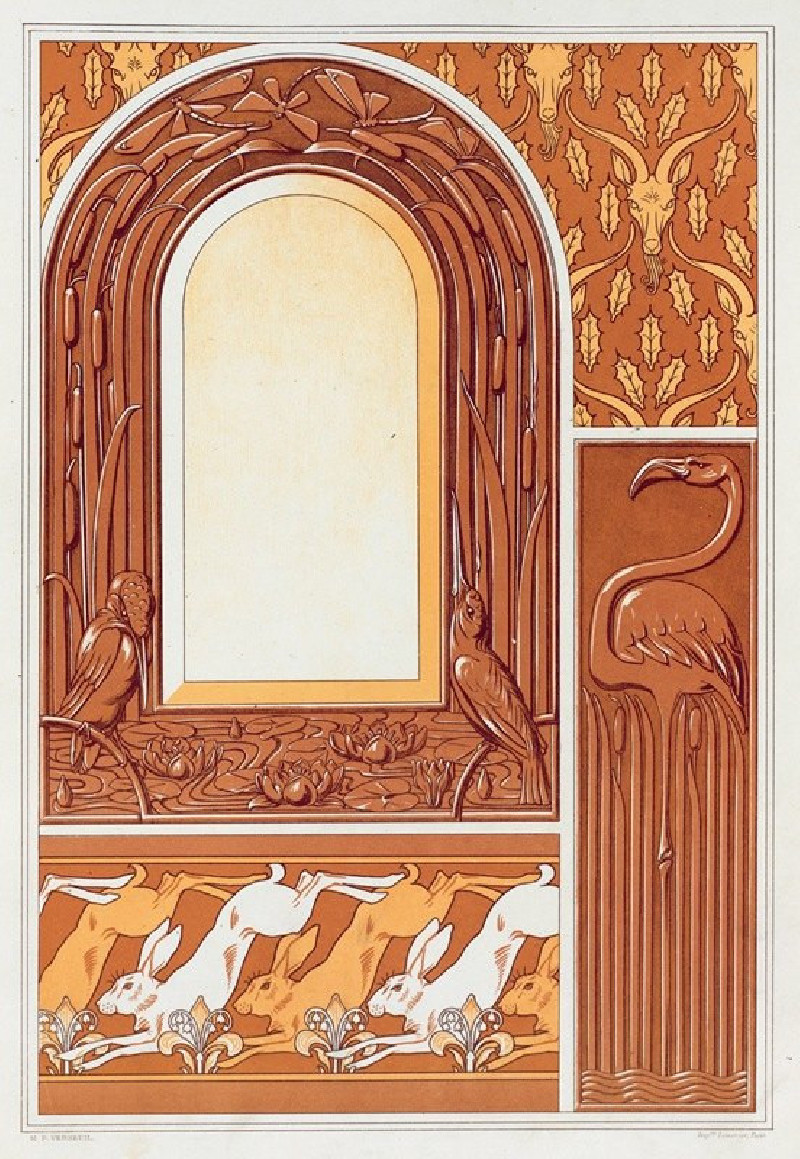
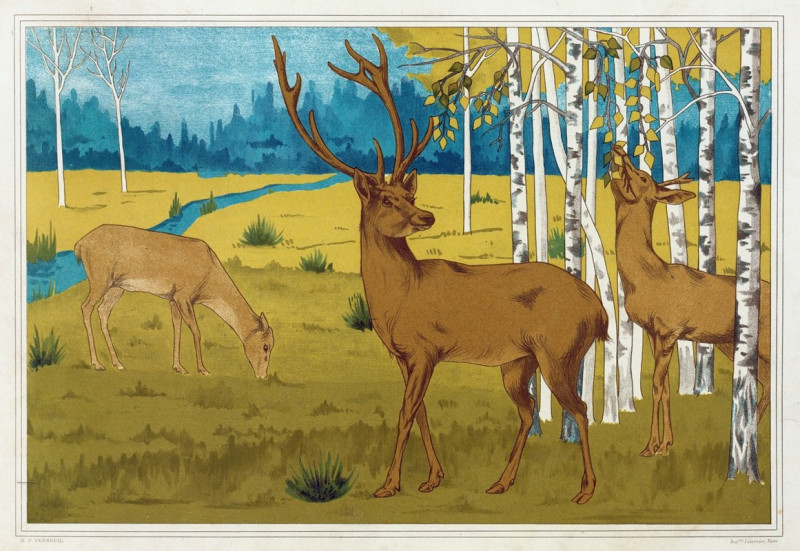
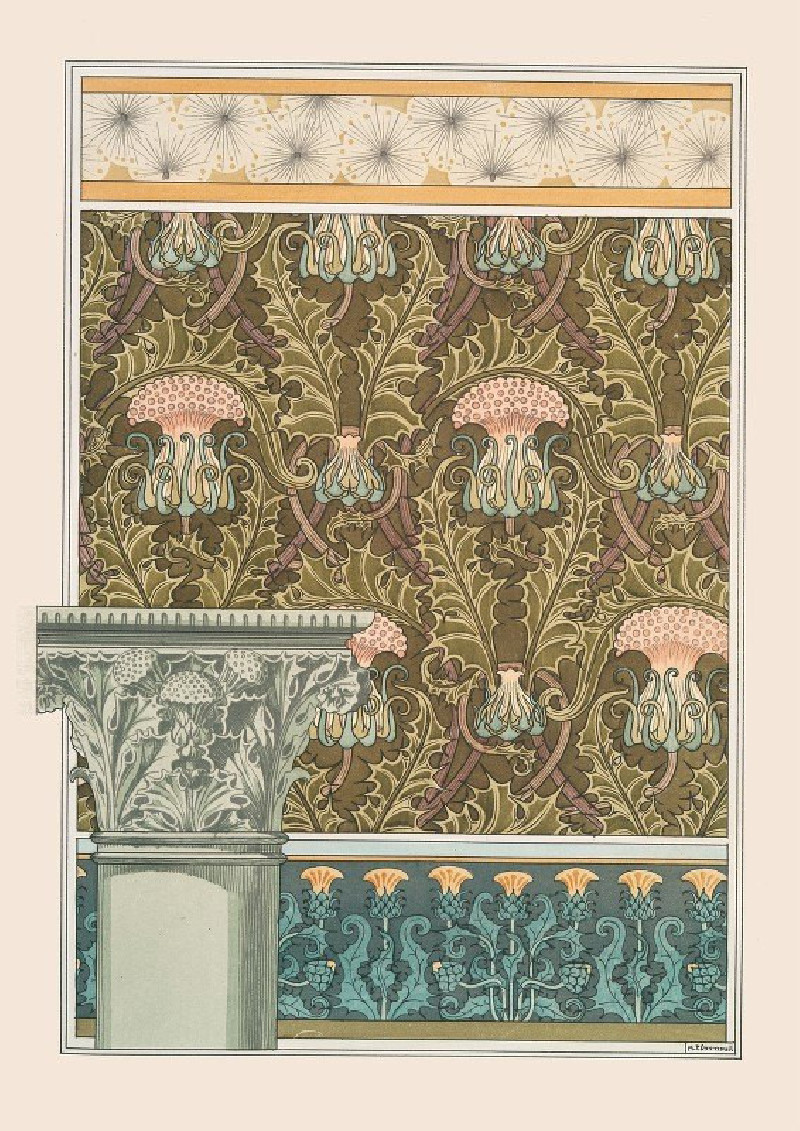
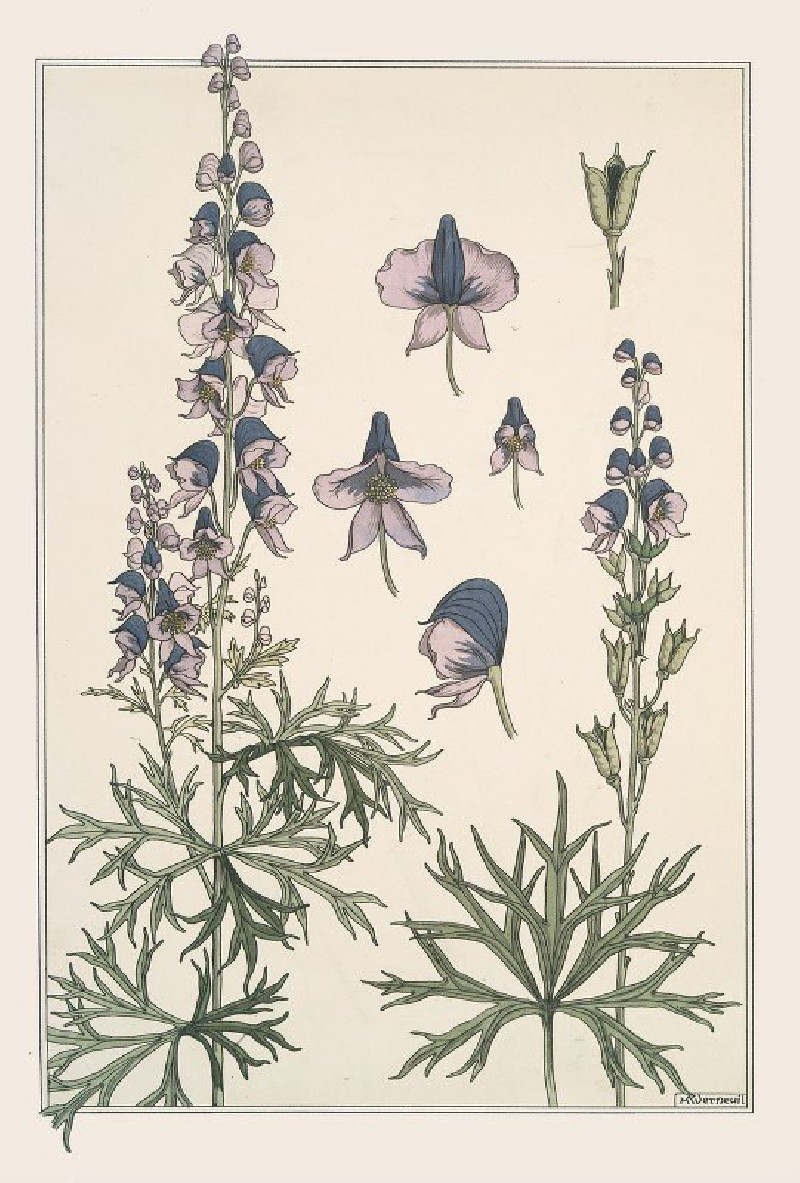
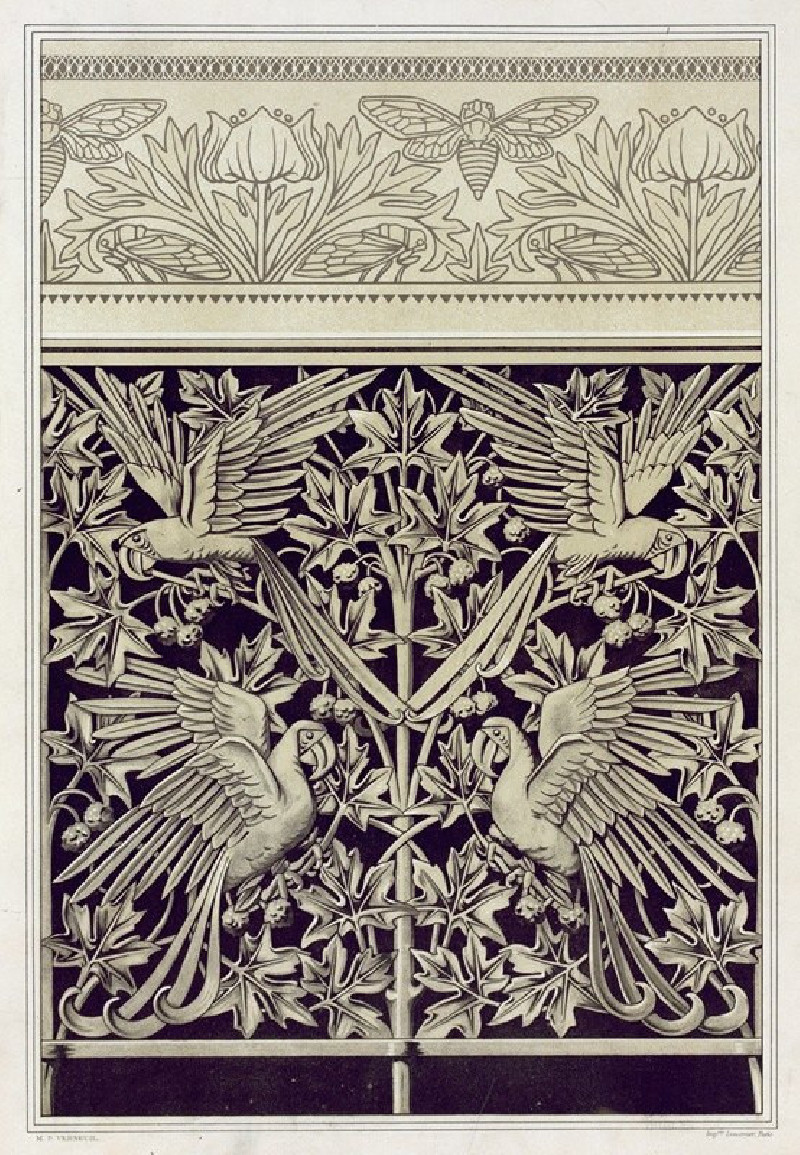
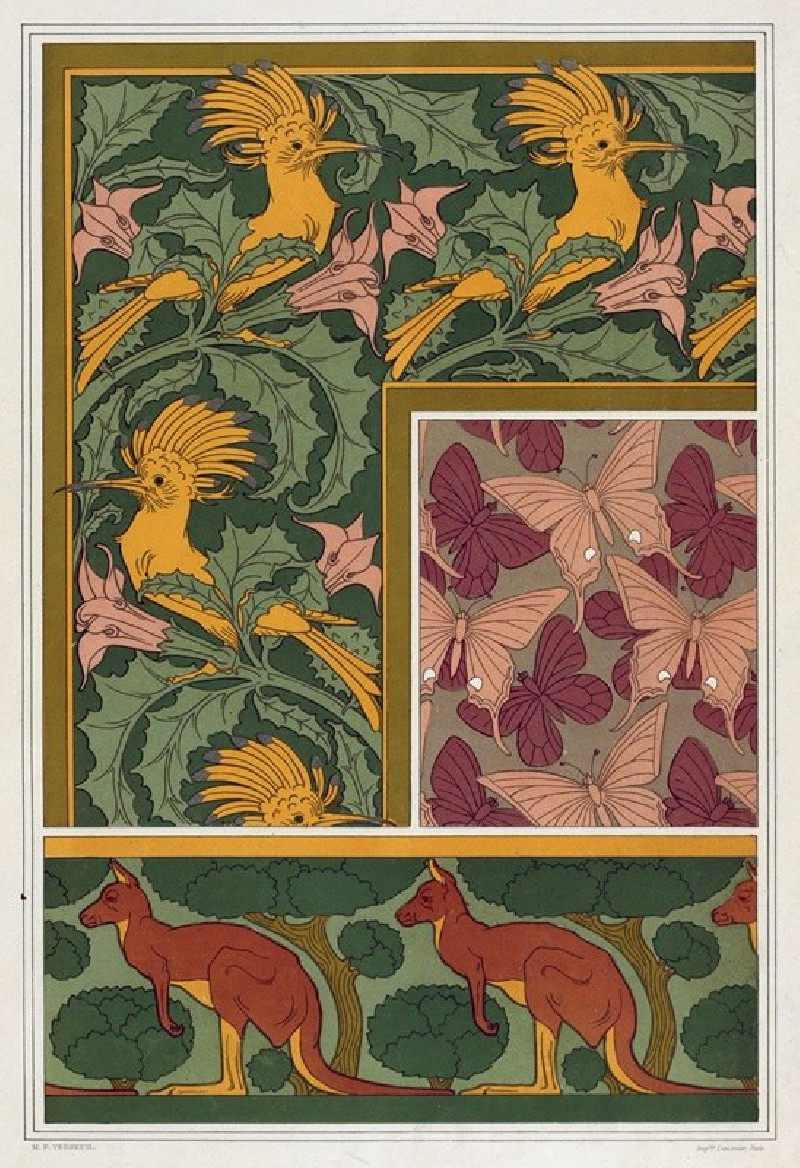


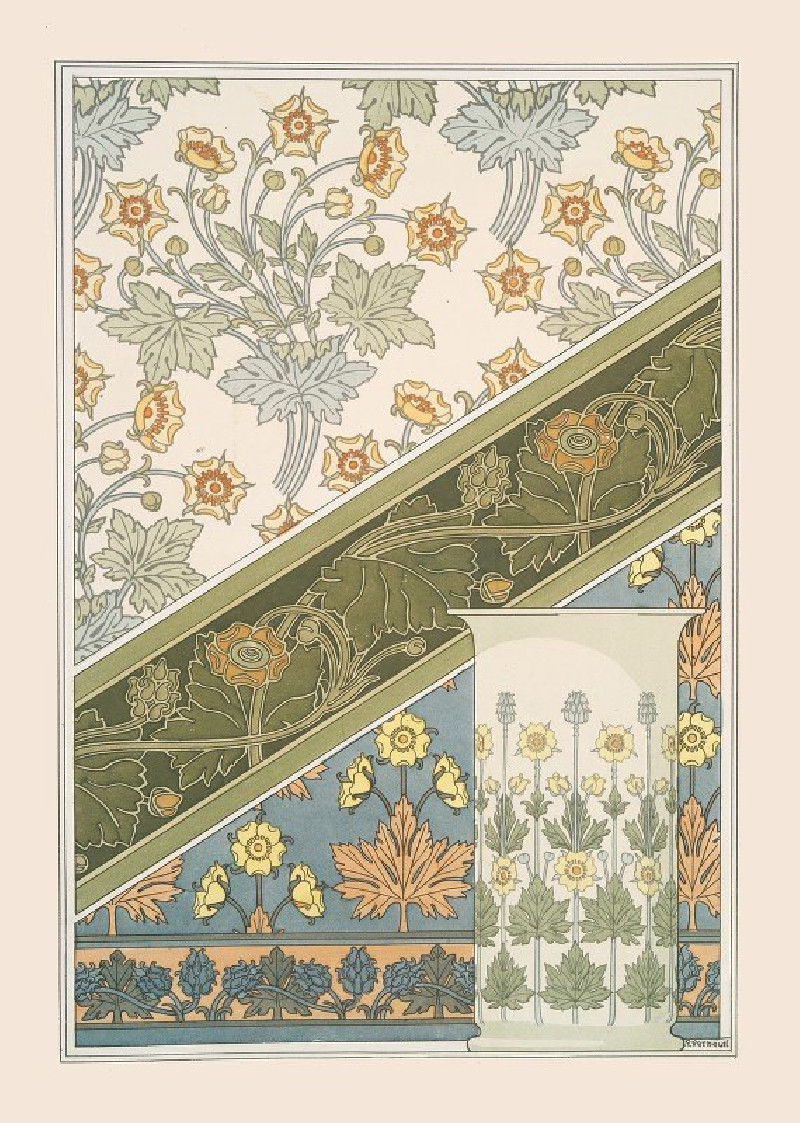
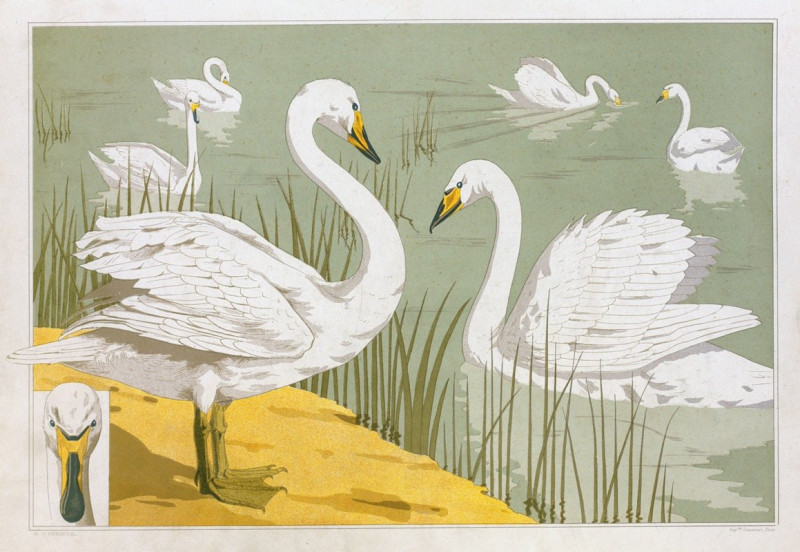
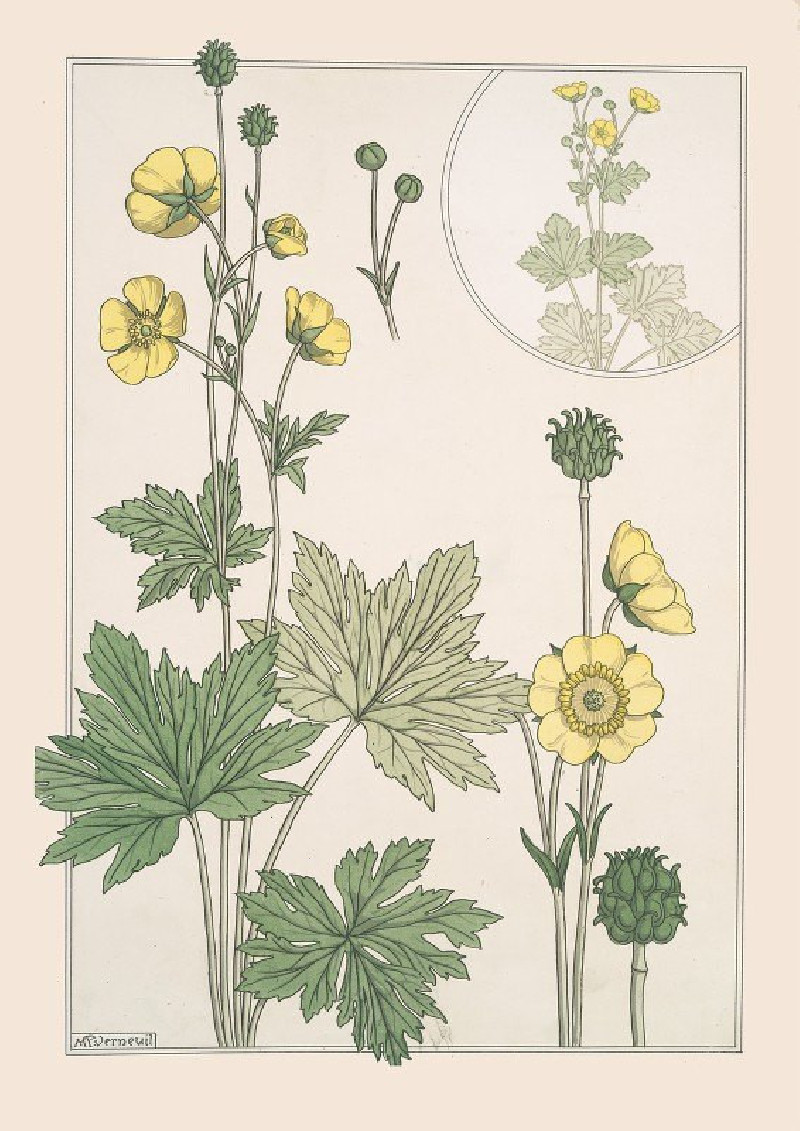

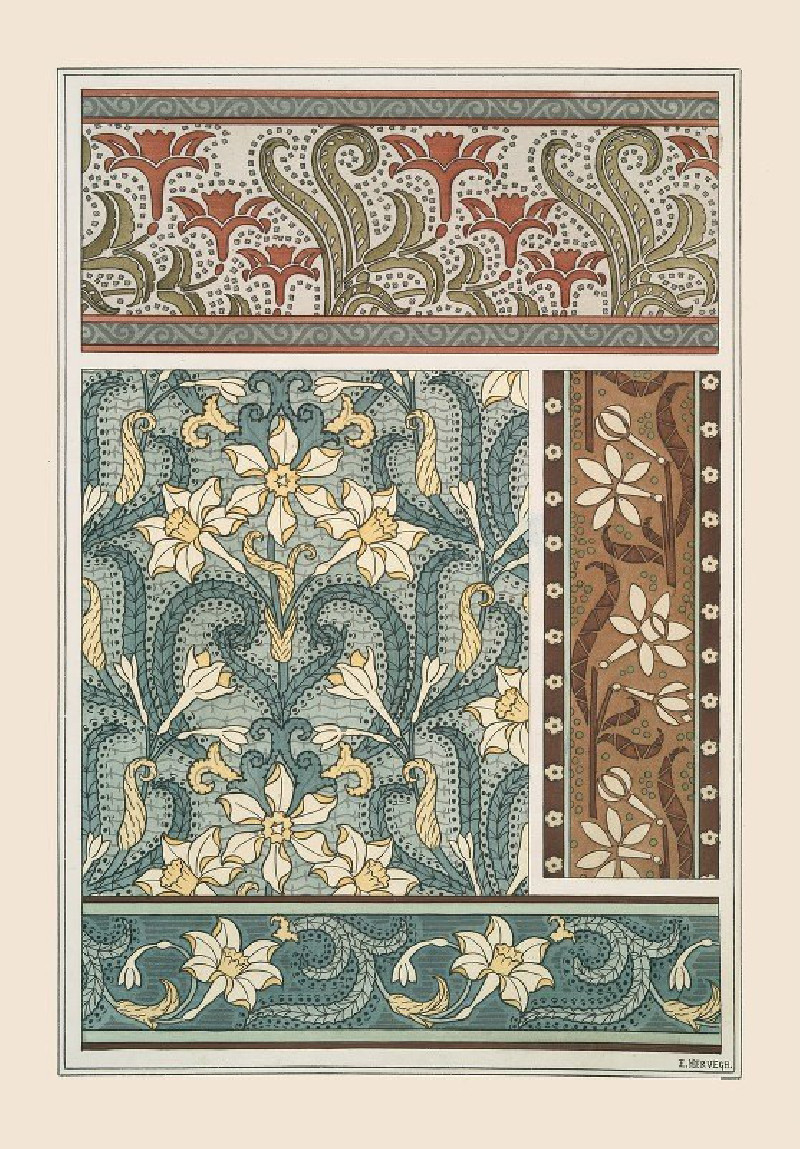

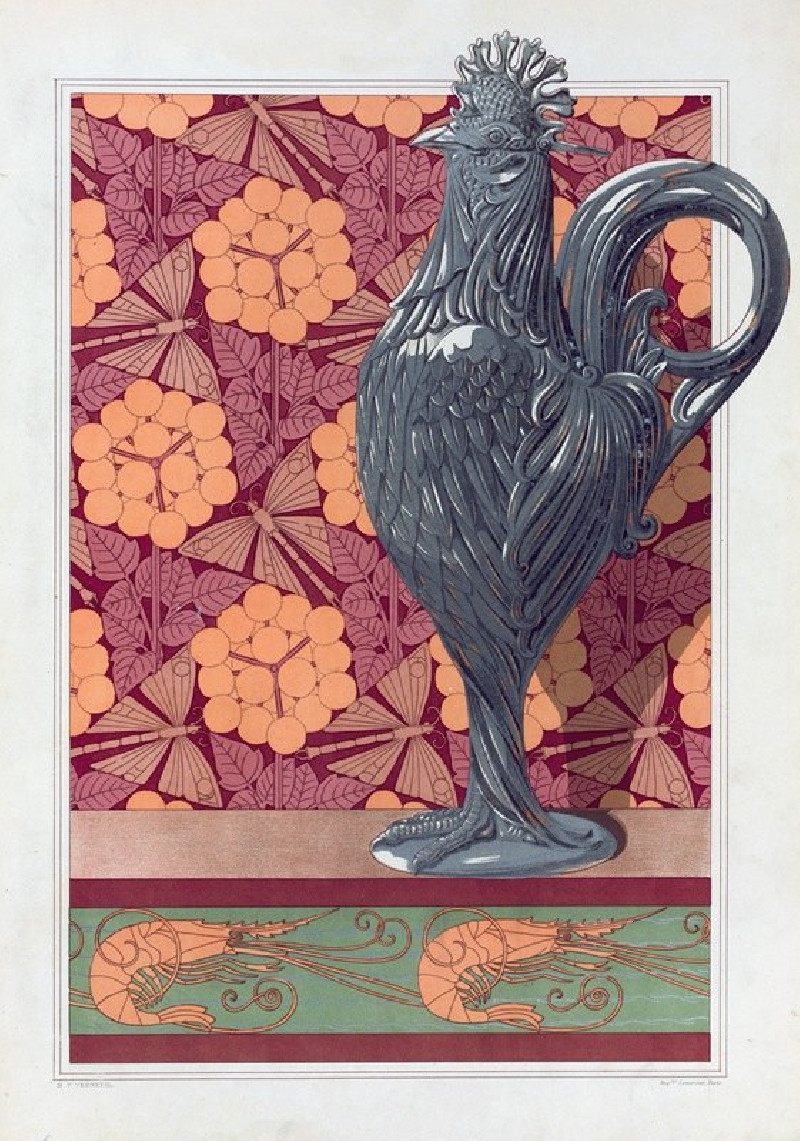
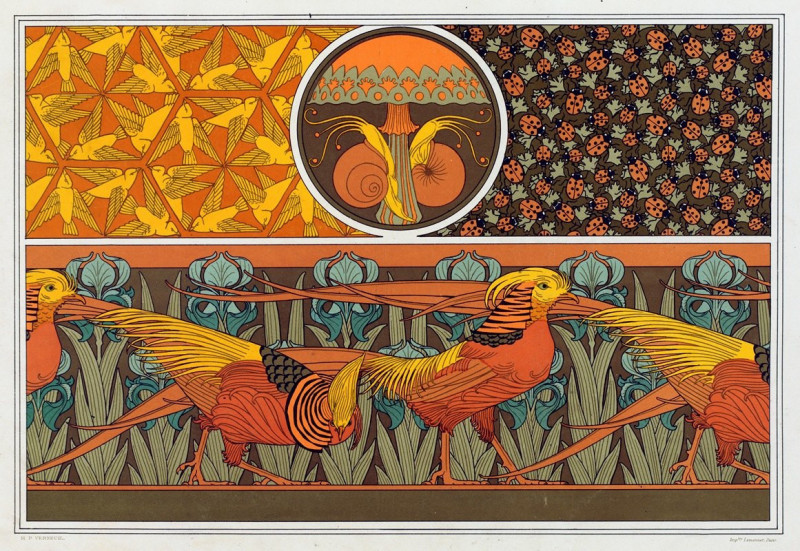

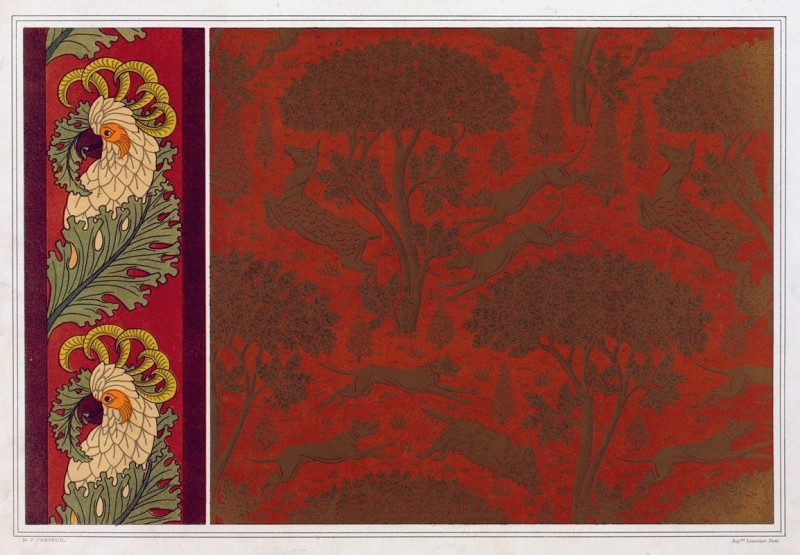
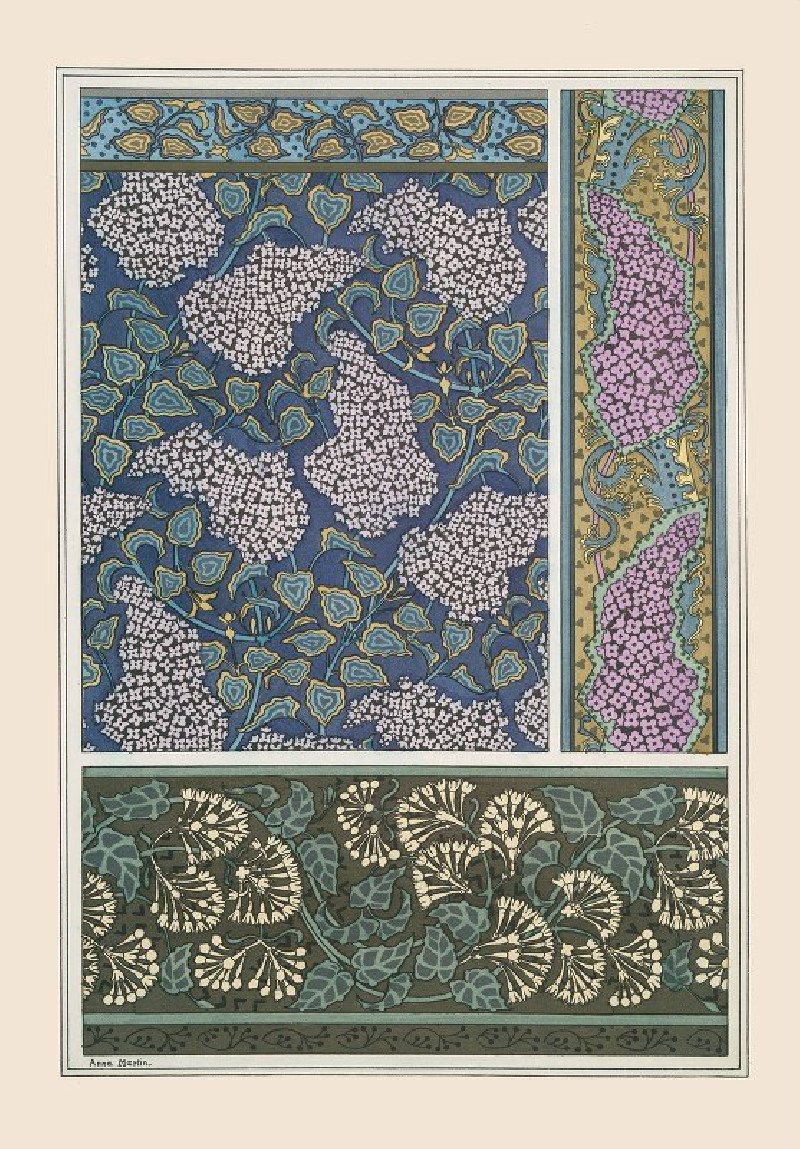

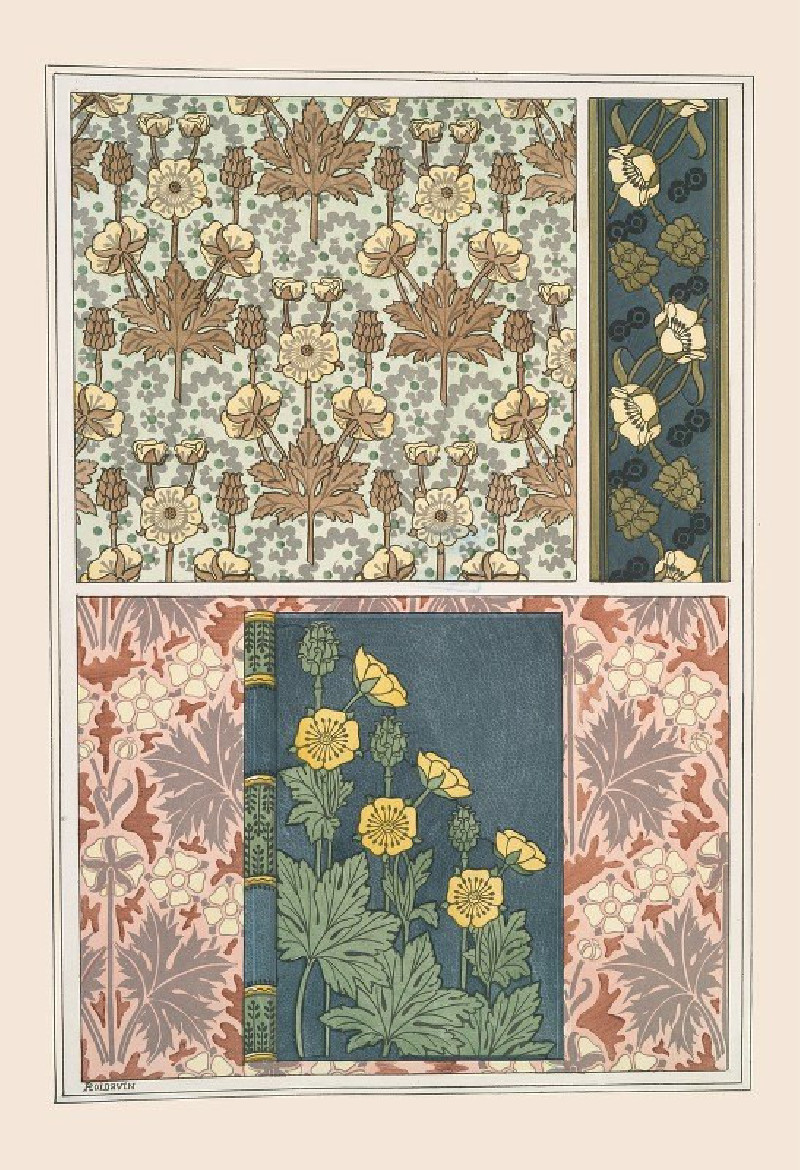
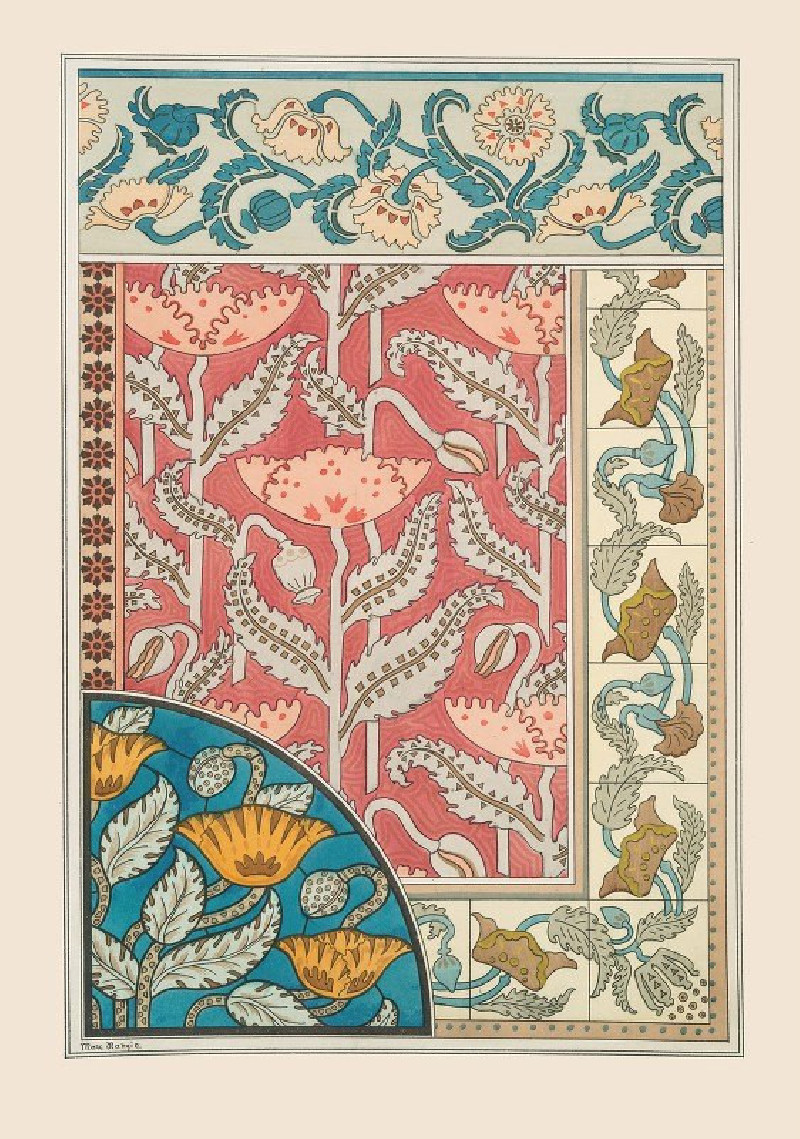
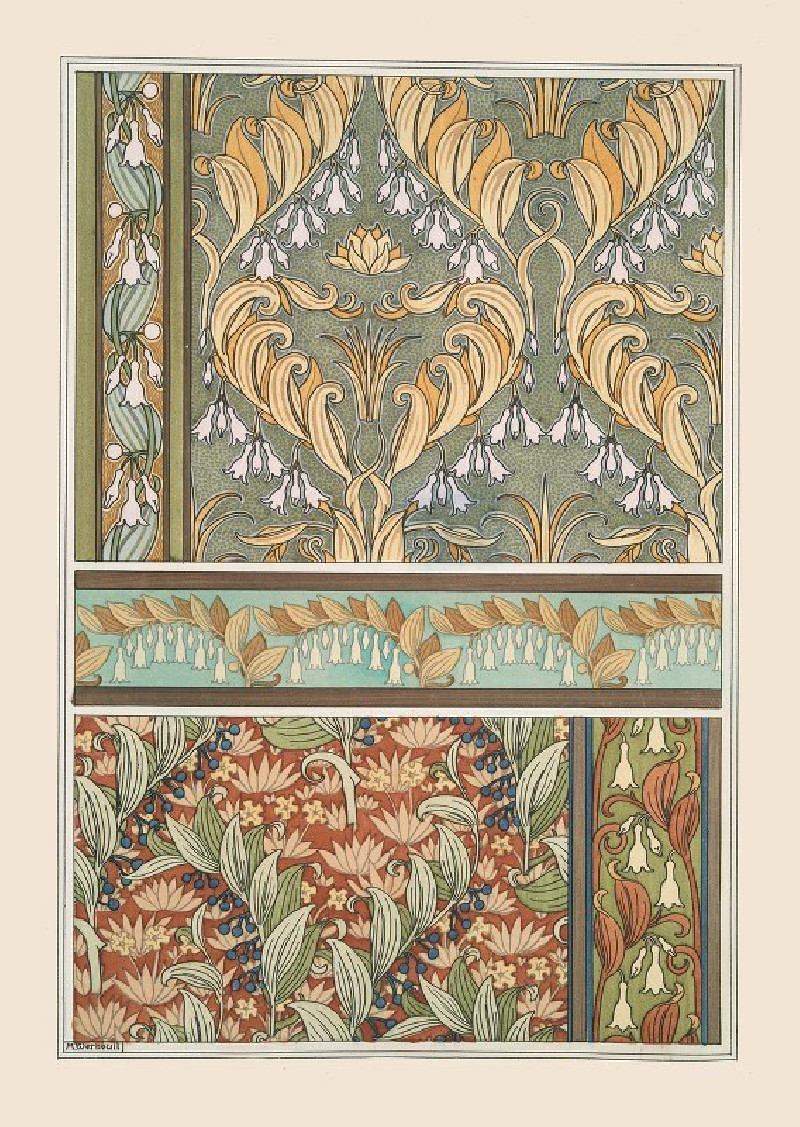
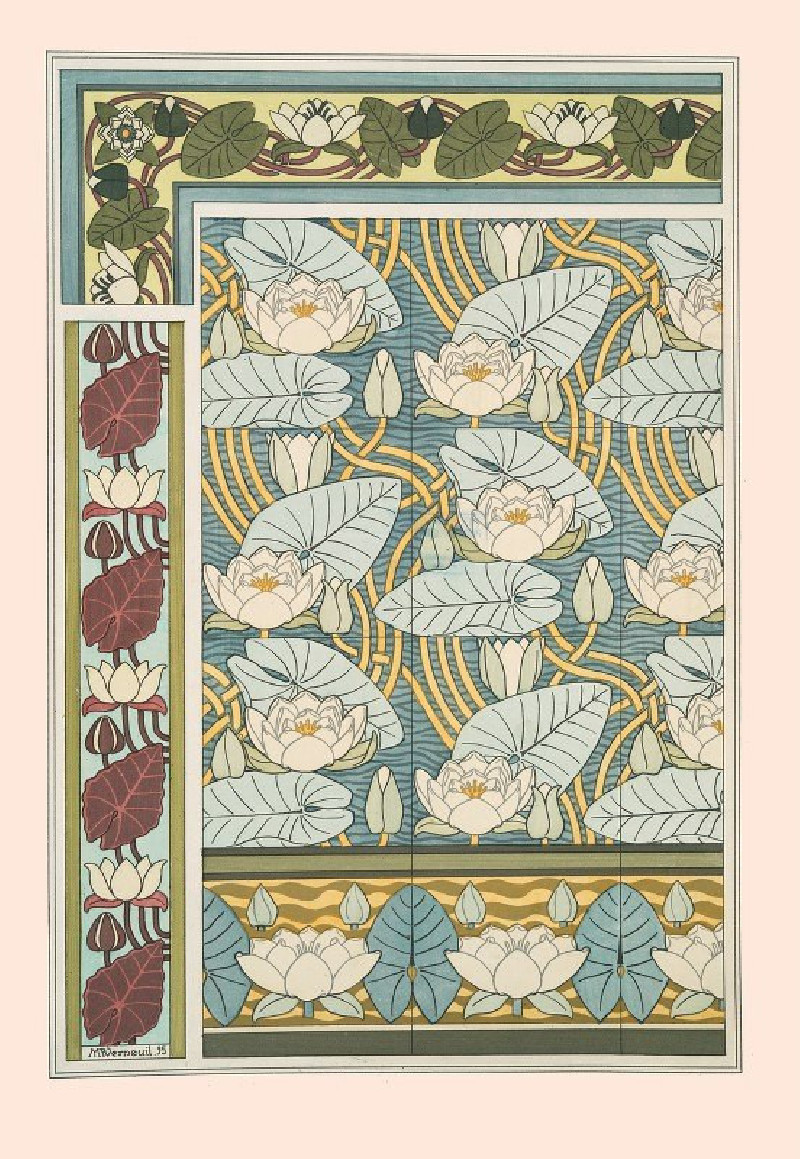

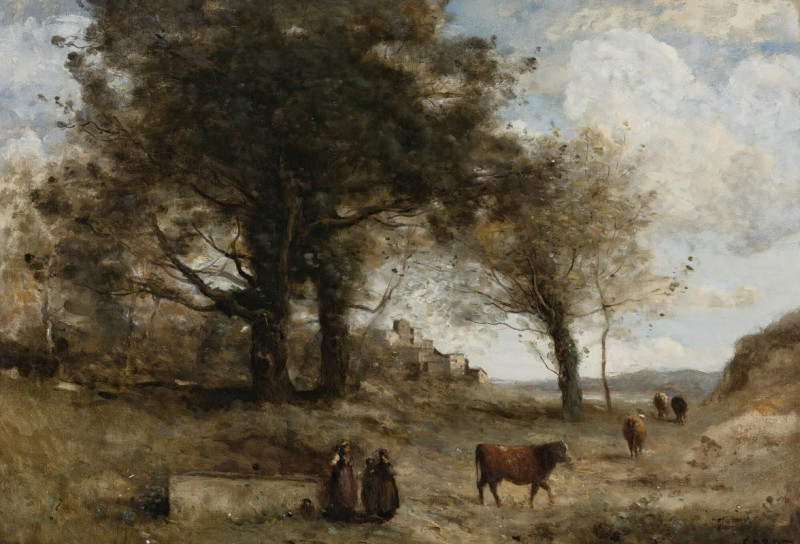
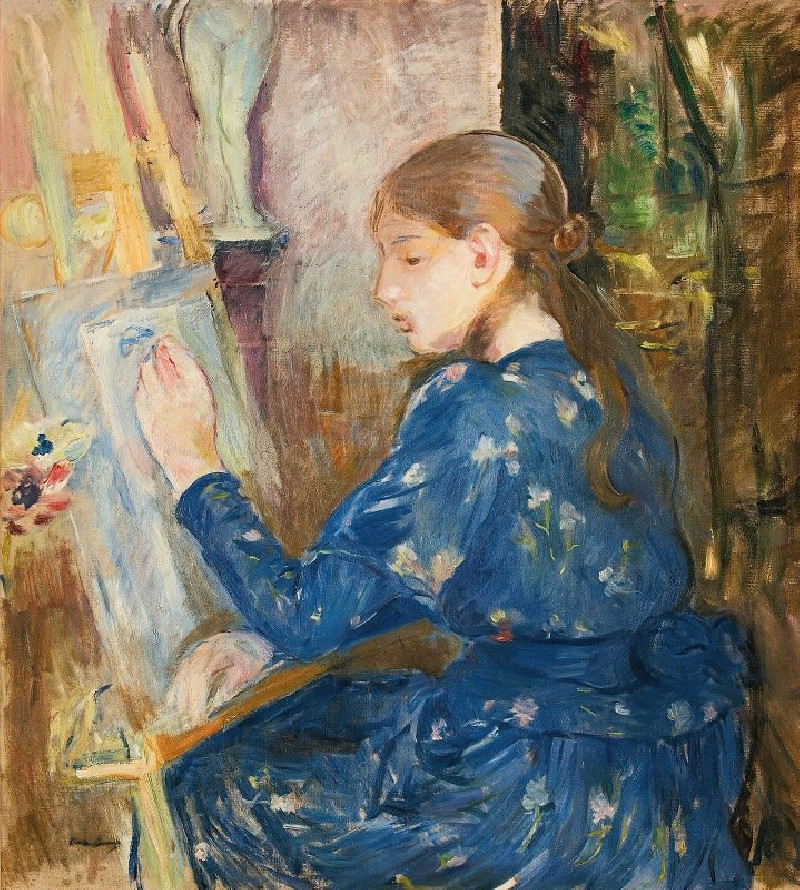

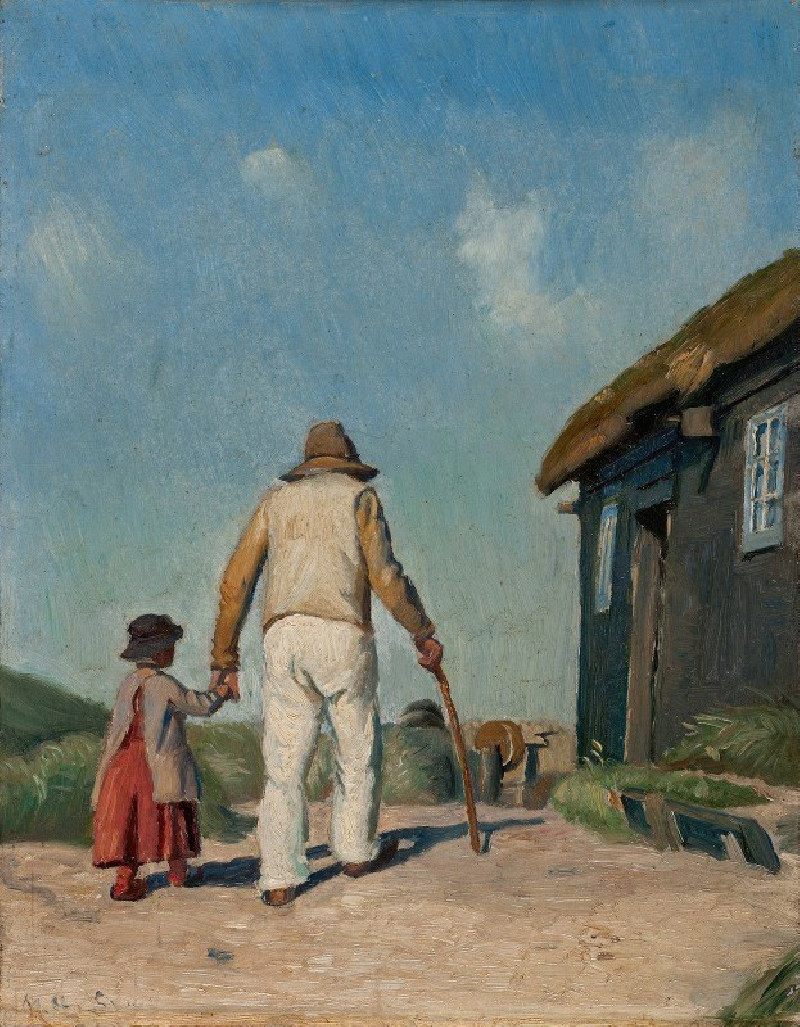
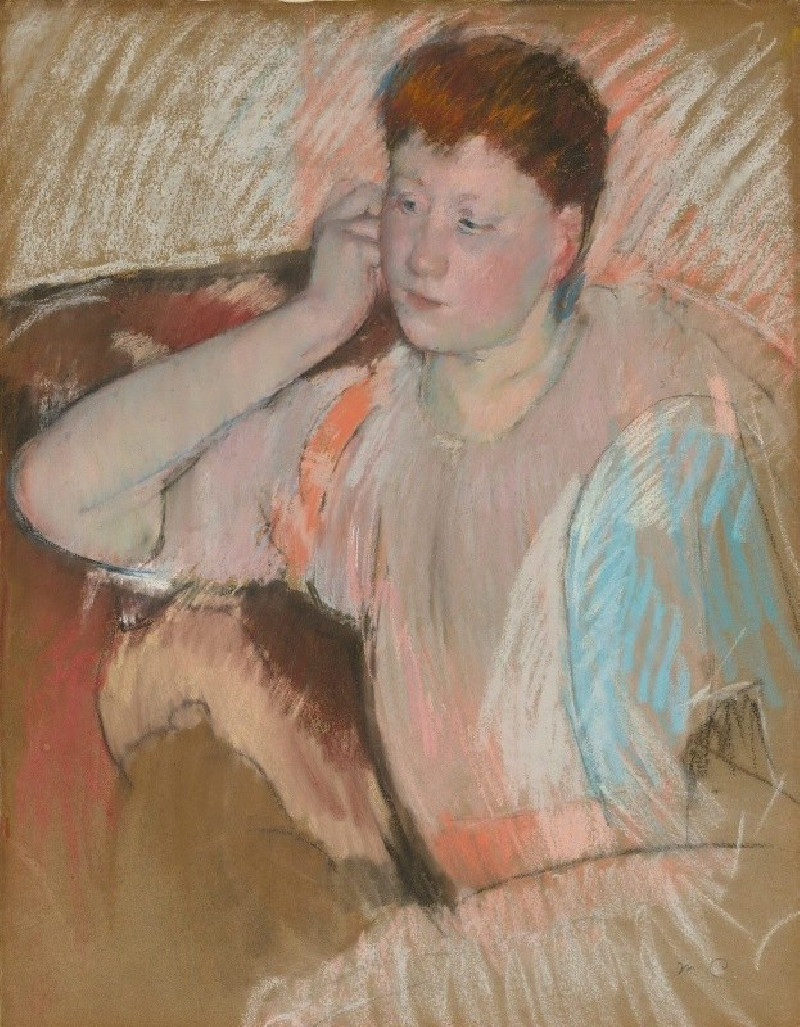

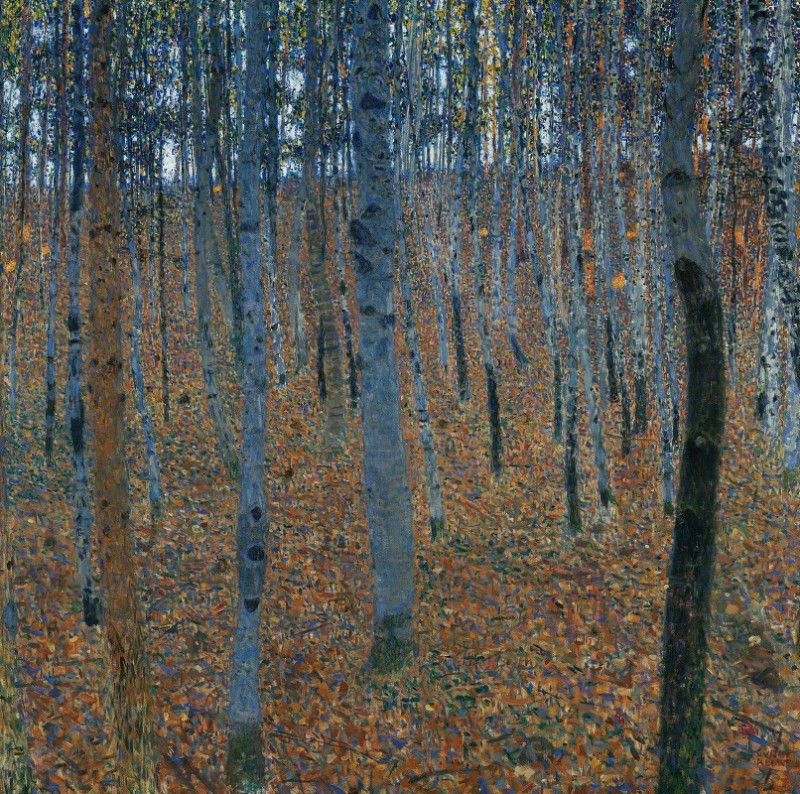
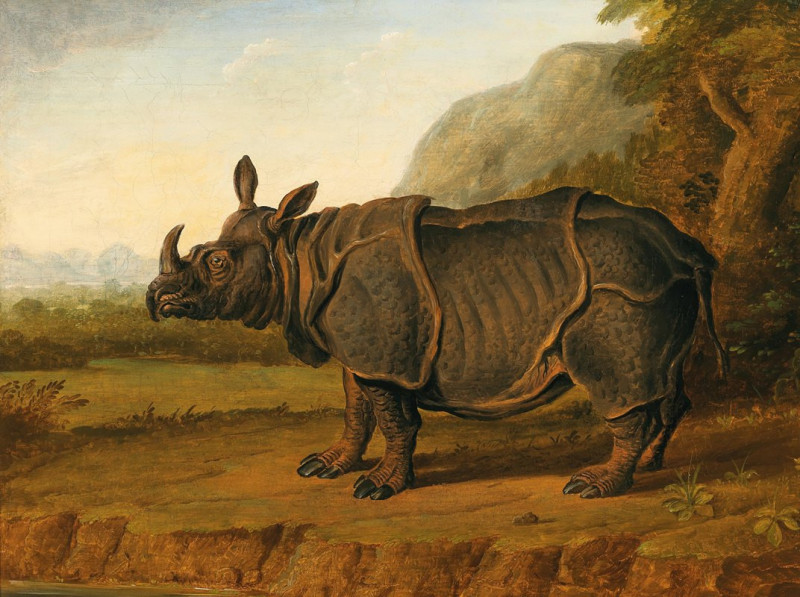
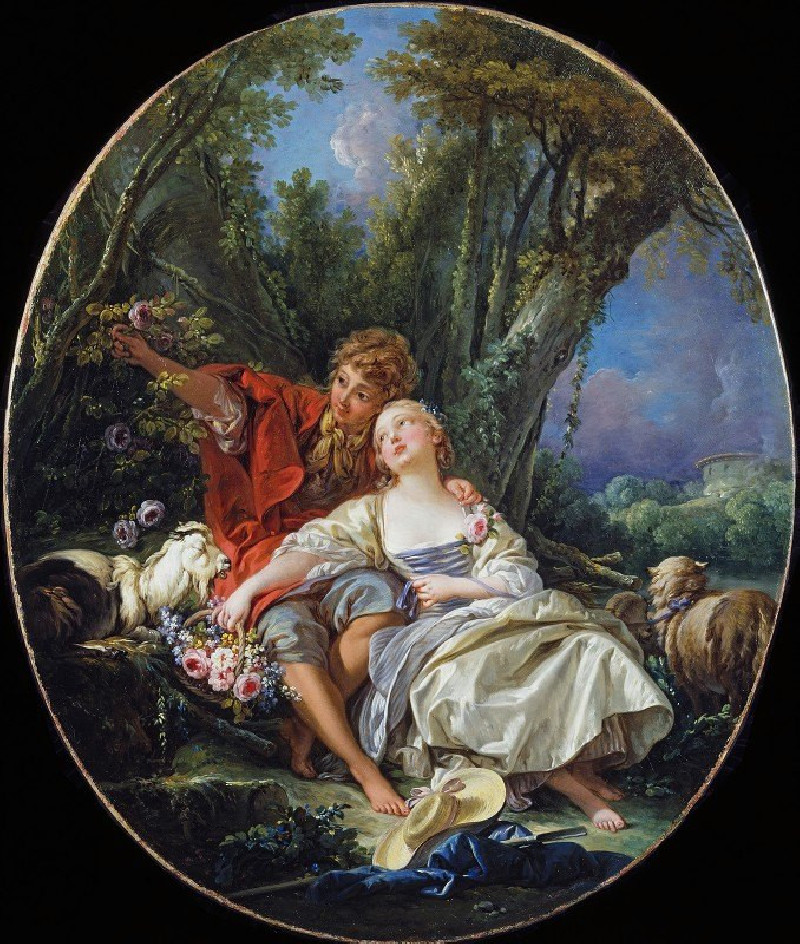
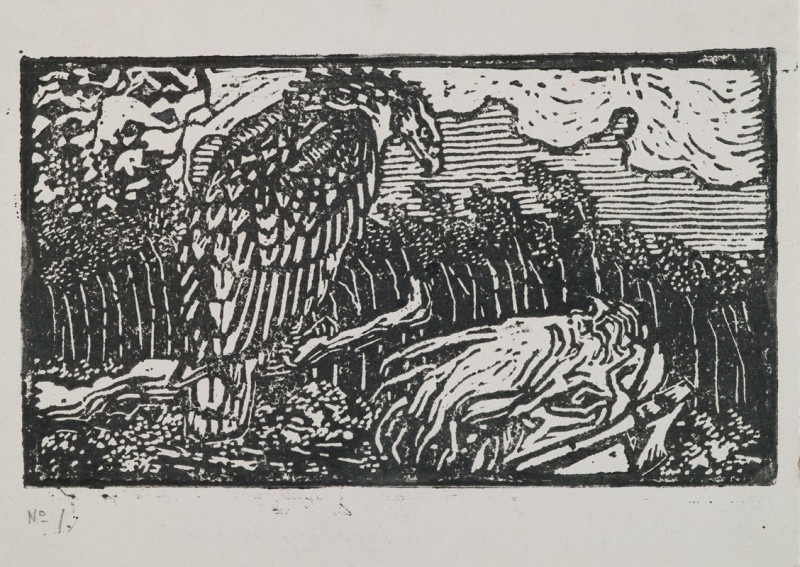

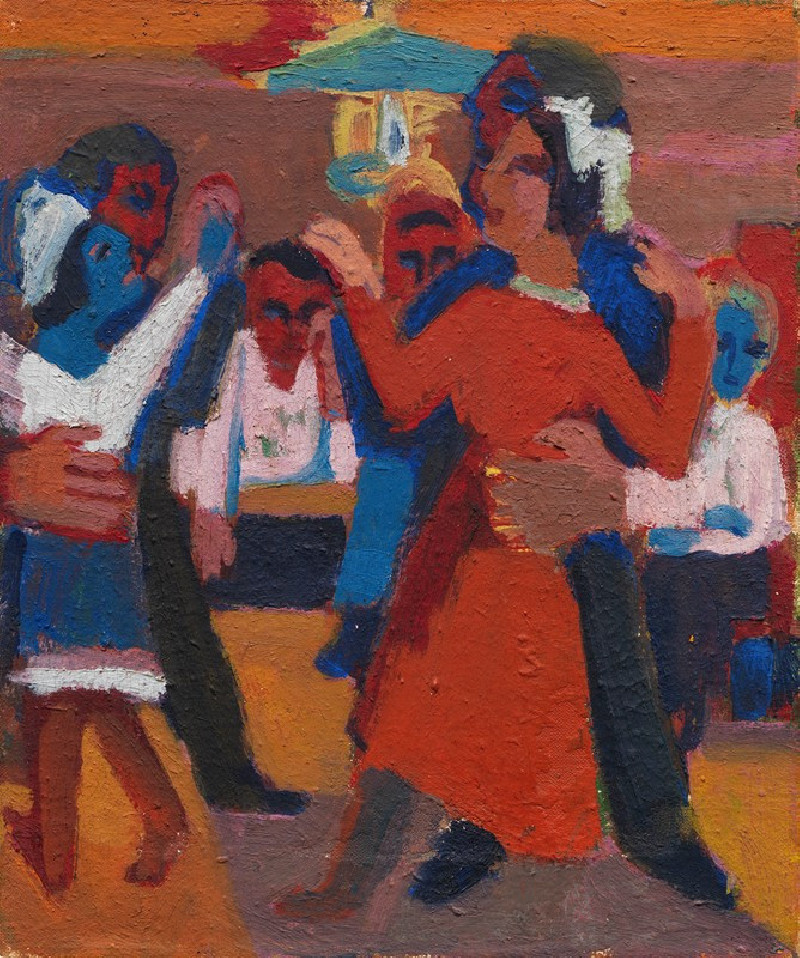
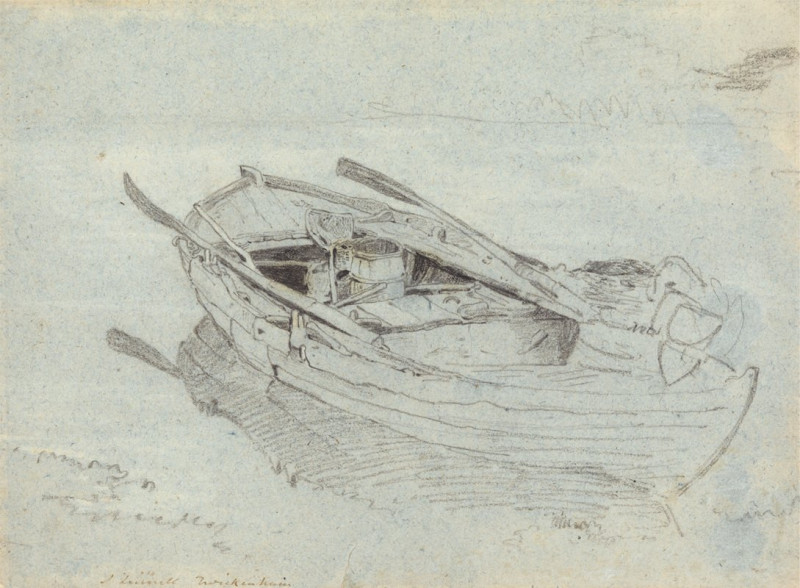
![Hager Selsilis [Gebel el-Silsila]. (1846-1849) reproduction of painting by David Roberts. ALL GICLEE PRINTS](https://reprodukcijos.lt/39246-large_default/reproduction-of-hager-selsilis-gebel-el-silsila-1846-1849.jpg)

